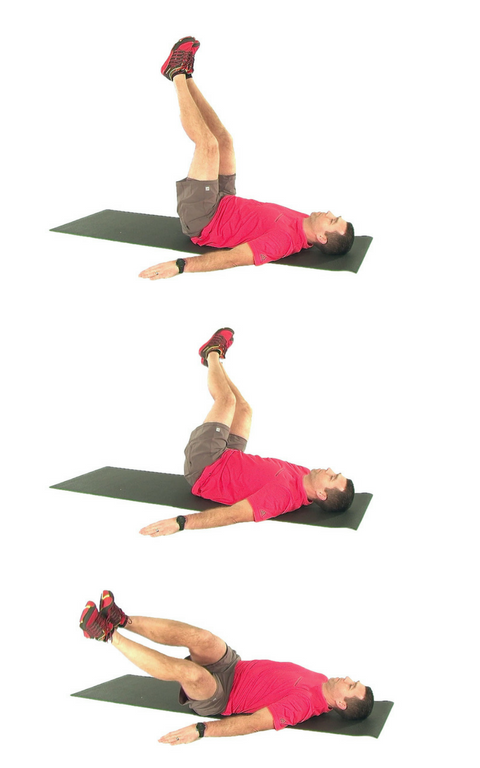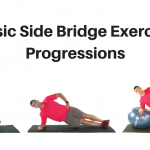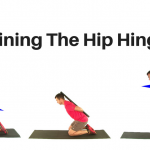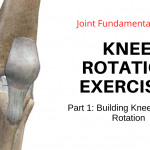
Training trunk stability and control is a critical goal with low back pain treatment. Traditional exercises like curl-ups, bird-dogs, and side bridges are a great starting point.
But developing strength and control of trunk rotation is also an important (but often overlooked) component of back pain rehabilitation. So in this article I will review a simple exercise progression for training strength and control of trunk rotation.
Trunk Rotation Exercise Progression
In previous articles I have discussed the importance of training the trunk muscles to “resist” rotational forces. And I still think this is a important goal of rehabilitation, especially in the early stages of care. But as patients gain strength and control we can start to train rotational movement. After all, the lumbar spine does need to move in the transverse plane with functional activities. So it only makes sense to train this motion.
Of course the key with any type of training or rehabilitation is to match the exercise with the capacity of the patient. The exercise needs to be challenging enough to stimulate a training adaptation, but no so hard it overloads tissues.
This is where organizing similar exercises into progressions makes life a lot easier. Utilizing exercise tracts or progressions makes exercise prescription much easier for the clinician as it allows then to more easily match the exercises to the patient’s capacity. (By the way, we have a ton of pre-loaded core exercises progressions with our home exercise software). What follows is a simple progression that can be used to train trunk rotation.
Supine Trunk Rotation with Feet On Floor
The easiest exercise in the progression is performed from supine with the knees bent and feet flat on the floor. From this starting position begin by bracing the abdominal muscles. This first step is critical. You must make sure the abdominal muscles are engaged to stabilize the lumbar spine and control the movement.
While holding the abdominal brace slowly rotate your knees to one side. The outstretched arms can help balance this movement by pressing into the floor. This will allow the hips and pelvis to rotate while the upper body stays firm against the floor. Hold the rotated position for 1-2 seconds then slowly rotate to the opposite side.
Keep in mind that this is not a big movement. The goal is to control motion, not to increase motion. This is a critical point that must be made clear to the patient.
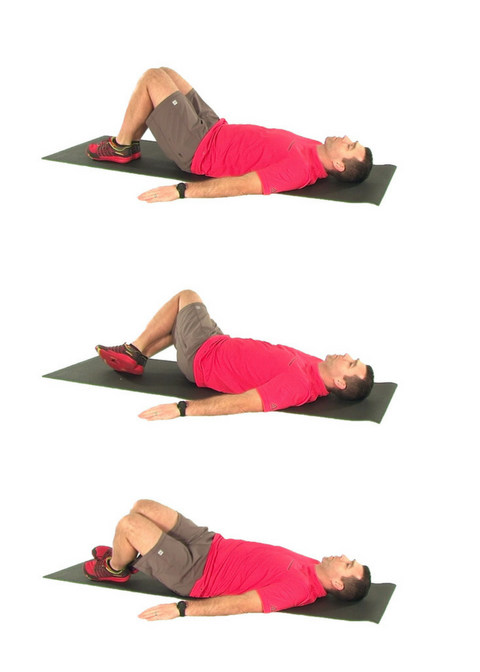
Supine Trunk Rotation with Feet Raised
The next exercise is performed similar to the previous exercise, but now the feet are raised off the floor with the legs in a 90/90 position. This increases the resistance of the exercise, requiring greater abdominal contraction during the movement. All the other rules are the same. Focus on an abdominal brace, and work on controlling the motion.
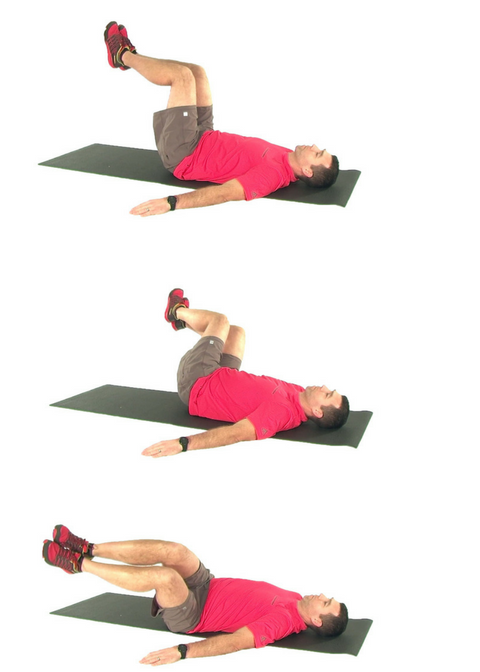
Supine Trunk Rotation with Legs Extended
This final supine exercise in the progression is performed with the knees extended. Again, we are essentially performing the same exercise, and focusing on the same goals. But this time the straighter knees increases the load and demand of the exercise.
